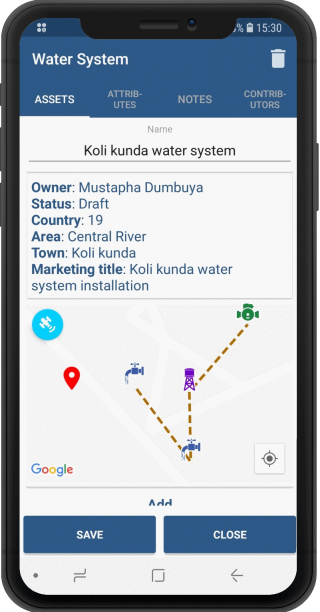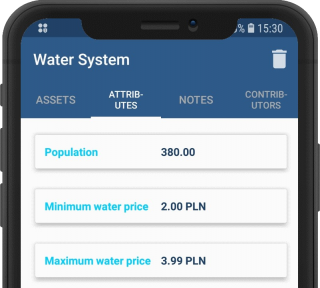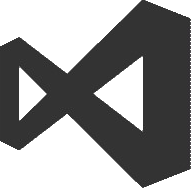The approach
The project had to be implemented on a short schedule. A maximum of 5 months has been allocated between the first contact from the client and final delivery. The deadline was demanding but realistic. In a short time, we have managed to delegate 3 people and gather the project team.
Due to the dynamic nature of project requirements, frequent meetings with the client via Skype video conference turned out to be necessary. They allowed us to quickly determine the direction in which to proceed and to quickly get answers to any questions that arose during the development process. The tests were divided into internal, performed in Poland and the United Kingdom and external, performed in Gambia by volunteers.
1. Analysis of needs and requirements (3 weeks):
-Remote meetings over Skype,
-Detailing the functional and non-functional requirements – actively advising the client on functionality
2. Programming (3 months):
– developing the solution and PayPal integration,
– regularly scheduled meetings with the client
3. Internal testing (2 weeks)
– tests on a pre-production environment in Poland and the United Kingdom
4. External testing (2 weeks)
– tests on a pre-production environment in Africa.
6. Deployment (1 week)
-Deploying the application on a production system, First-run assistance, Post-deployment support
The solution
Before the project even begun, it was already clear that a high level of collaboration between the programmers, the analyst and the client will be necessary. A person delegated by our company was responsible for overall coordination.
Our company was tasked with creating:
-
a restAPI server application deployed on MS Azure,
-
a content management web application,
-
a PayPal integrated web application for gathering funds
-
an Android 4.4 application
After defining the requirements, we began by developing the server application with api endpoints, which served as a starting point for the web and Android applications. Over 90% of the endpoints are shared by both applications. The web and Android applications were developed simultaneously.
The web-based data and system administration module has been developed in .NET using Angular2 + RWD, making the application just as convenient to use as if it was installed in a Windows environment.
A publicly available application for anyone who wants to financially support the construction of water systems in Africa has also been developed. Secure integration with PayPal IPN is available at this stage.
All photos are stored in a Microsoft Azure Blob with three points of data redundancy, ensuring 99.99% uptime SLA.








